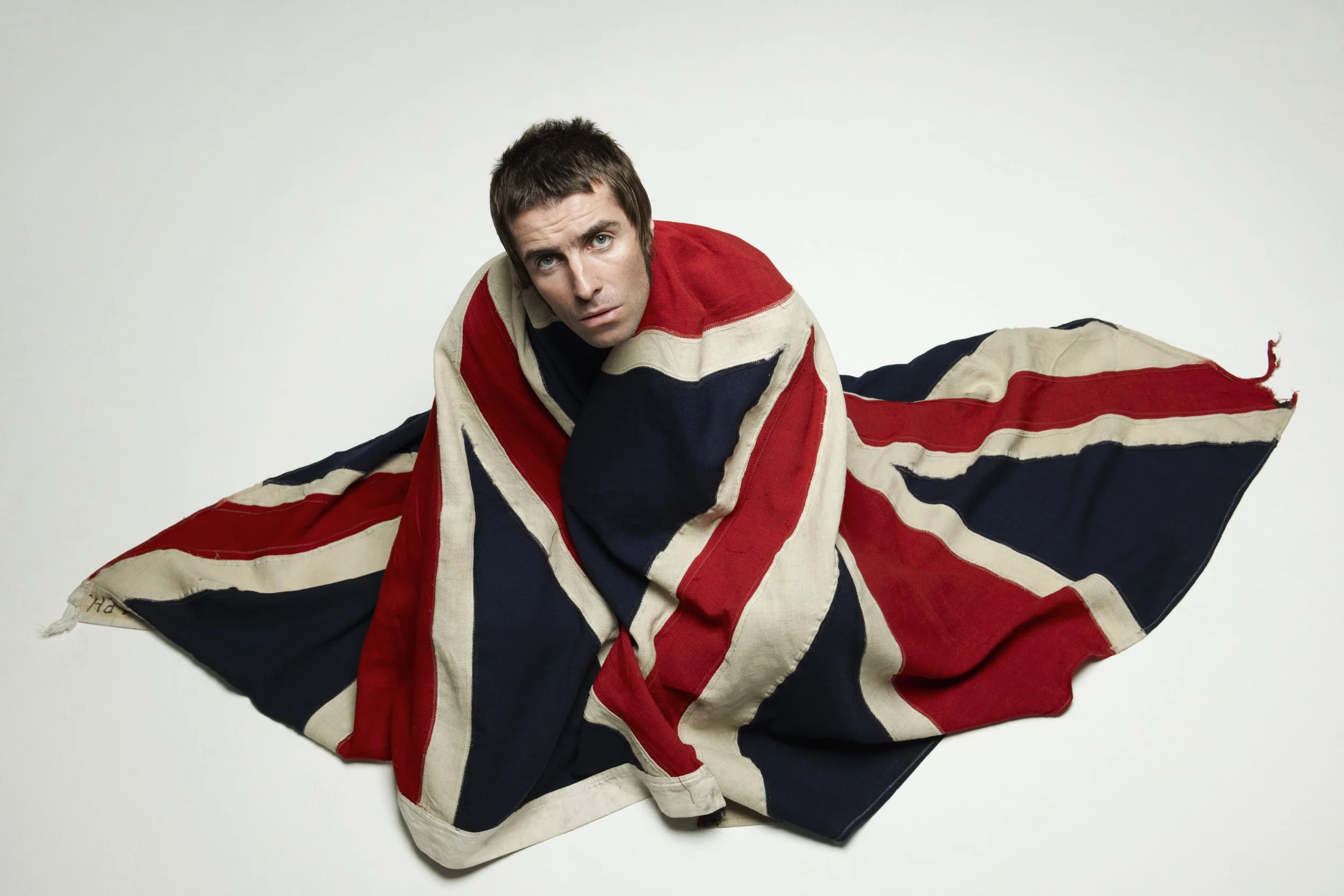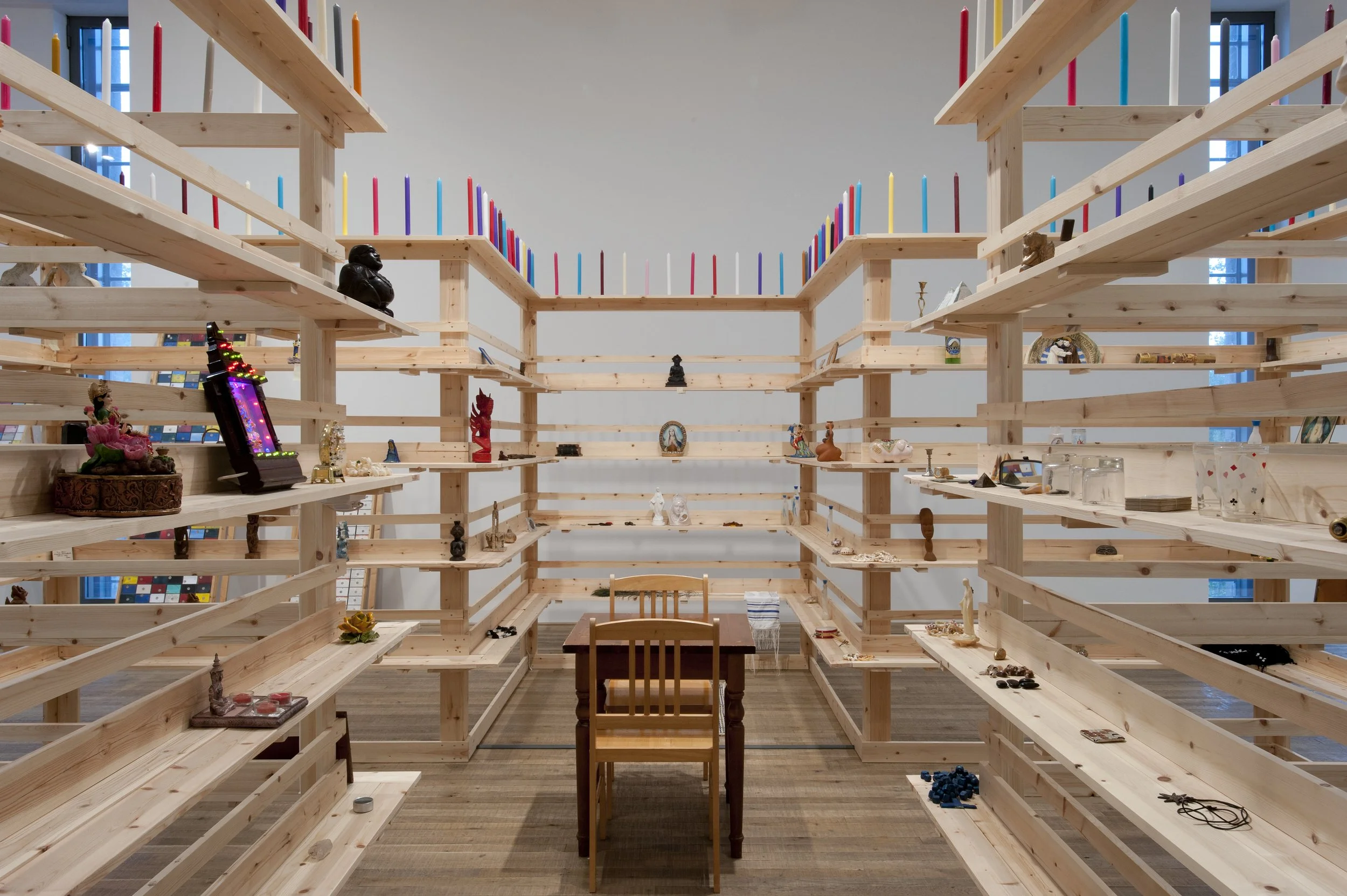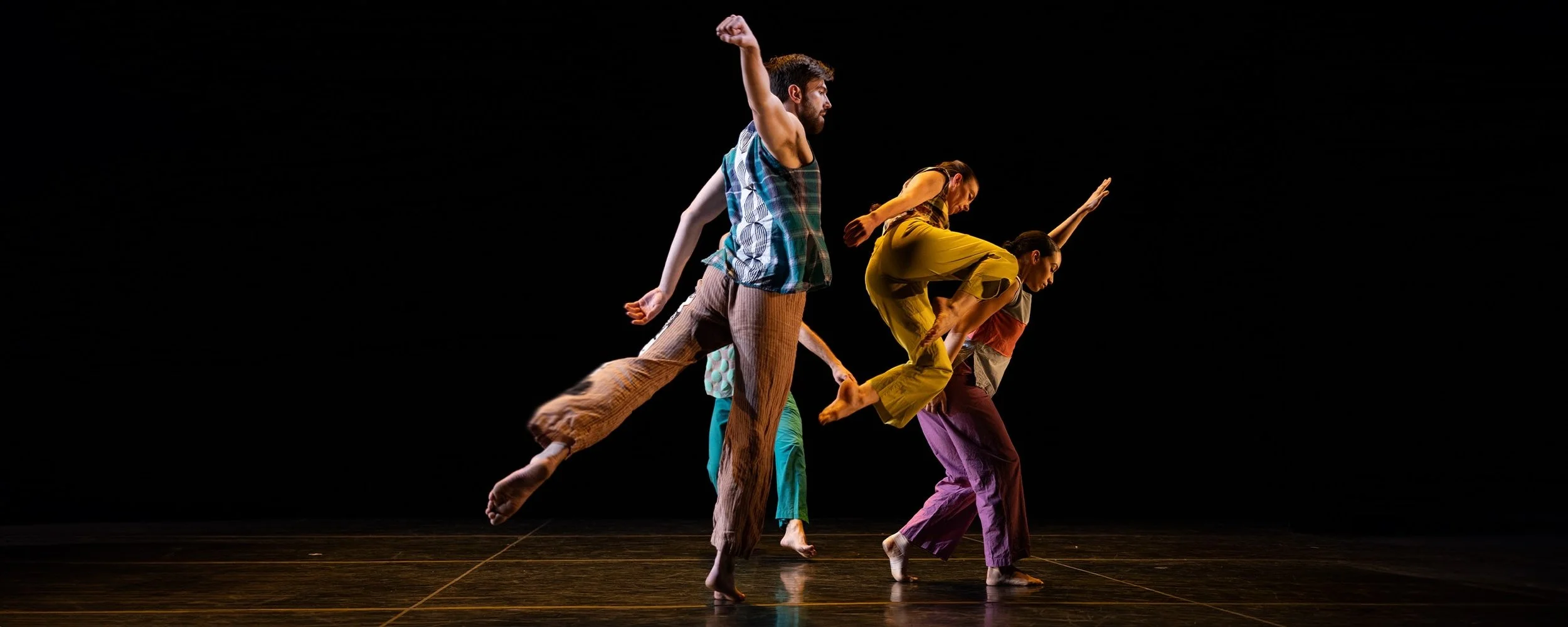Street portraits of London: the best techniques for capturing heartfelt photos
“Photography is about capturing souls, not smiles.” — Dragan Tapshanov
No matter how experienced you are as a photographer, asking a complete stranger to pose for a portrait can be intimidating. Many photographers agree that it’s a little more challenging than some other niches, as the reaction to this request is ultimately beyond their control.
Fortunately, the art of street portraiture isn’t confined to the super-confident. All it takes is a few minutes of extreme courage—especially on the bustling streets of London—and you’ve got an authentic, sincere shot.
Photography by Hanson Lu.
The art of street photography
Great portrait photography doesn’t depend solely on the photographer’s skill. It also depends on their ability to connect with their subject on a deeper level. This doesn’t mean having a heart-to-heart between shots. An authentic connection requires a level of vulnerability and trust, which becomes even harder to achieve when photographing strangers.
There isn’t any particular right or wrong way to approach street portraiture, but following these guidelines can improve your chances of capturing strangers’ likenesses.
Have courage
It’s intimidating to approach a complete stranger for many reasons, but asking to take their photo is another level of scary. There is no easy way through this anxiety. It’s a case of facing the fear and doing it anyway. Some street photographers snap candid portraits without a subject’s knowledge, but if you want a true street portrait, you must collaborate and connect with your model.
Be friendly - but don’t overdo it
Greeting someone with a smile is hugely important and gives a good first impression. But—and it’s a big but—don’t go overboard. Imagine if a stranger approached you with a manic smile; you would be more likely to avoid them. Friendliness has boundaries. Coming across as over-friendly makes people nervous, particularly in a city like London!
Tell them why
Tell your potential subject why you want to take their photo and how it will be used. This is an important factor, as your explanation assures them you have good intentions. Are you taking street portraits for fun? Are you a professional preparing for an exhibition? Being evasive will make people suspicious and reluctant to engage.
Don’t rush
Even if it's not rush hour, most people in London are in a rush, but you’re not doing yourself any favours by joining the mayhem. If you greet a potential subject in a calm manner, they’re more likely to take a breath and listen. Rushing up to someone can give the impression of being a bit desperate and threatening.
Someone might be in a hurry, but approach them gently, and you might get their attention for a moment or two.
But don’t dilly-dally
The flip side of the above. Yes, a relaxed approach is good, but don’t dawdle. Say “hi,” briefly introduce yourself, ask the question, and click the shutter. No matter how tempting it is, there’s no need to relate every detail about your passion for photography. An extended conversation is counterproductive when you’re working on bustling London roads.
You need to strike the perfect balance, although that’s easier said than done. This might take some practice, but through trial and error, it’ll become clear what ratio works.
Take a moment
As if the balancing act couldn’t get trickier… In between a smile, a brief introduction, and a motive for your request, take a second or two to study your subject. This serves more than one purpose.
Firstly, a moment’s pause should give you a better idea of how the interaction will play out. It takes some practice, but an experienced street photographer can compose an internal image of their ideal portrait in minimal time.
Secondly, this pause allows your subject to breathe. Put yourself in their shoes.
You’re in a hurry, and a random stranger asks to take your photograph. They seem friendly, genuine - and that project they’re working on sounds pretty interesting… but I’m running late…
This is the time for a moment’s silence. It doesn’t always work, but that minute window allows a potential subject to shift focus.
Engage
While you’re shooting, try to engage your subject. This aspect of street portraiture, or any portraiture for that matter, isn’t something you can calculate like your ISO or aperture, but it always produces better results.
Ask them where they’re going, what kind of day they’re having, and whether they live locally. There is a long list of questions you can use that can break the ice.
Getting them to open up, however briefly, can put them at ease and help you avoid dry, posed shots. If they smile, that’s fine, but let it come naturally. A smile certainly isn’t essential for an incredible portrait.
Pull it together
As you can see, there’s a lot more to street portraiture than picking out a good-looking stranger from the crowd. Shooting street portraits is an art that comes slowly. The ultimate aim is to capture an authentic image that conveys your subject’s personality and to photograph a moment of vulnerability beyond a random encounter.
Say thank you
This is an opportunity to show appreciation that goes beyond cursory thanks. If you’re using a DSLR camera or even a smartphone, show your subject their portrait on screen after you’ve taken it. You can offer to send them the photograph or give them your social media handles or online portrait portfolio URL. They can then find you if they choose to.
Photo by James Bold.
Don’t neglect your technique
As with all photography, there are a few basic elements to bear in mind. Apart from the usual composition, lighting, and colour, you need to pay attention to your rapidly changing “studio”, which, in this case, are the roads of one of the busiest cities in the world.
When it comes to photographic techniques, street portraiture demands a versatile and adaptable set of skills. It’s not a studio, so don’t treat it like one. You might have introduced yourself to the subject, but there isn’t enough time to pose them endlessly in the hope of getting the perfect shot.
Work with what you have: ambient lighting, architectural lines, and colourful pedestrians. You can’t go wrong with the classic rule of thirds, symmetry, incorporating diagonals, and the golden ratio.
Snap the perfect street portrait
It may sound trite but remember to enjoy yourself. A lack of enthusiasm is catchy, which doesn’t bode well for this type of photography.
Be genuine, be respectful, learn to adapt, and you’ll be on your way to some great street portraits.









































